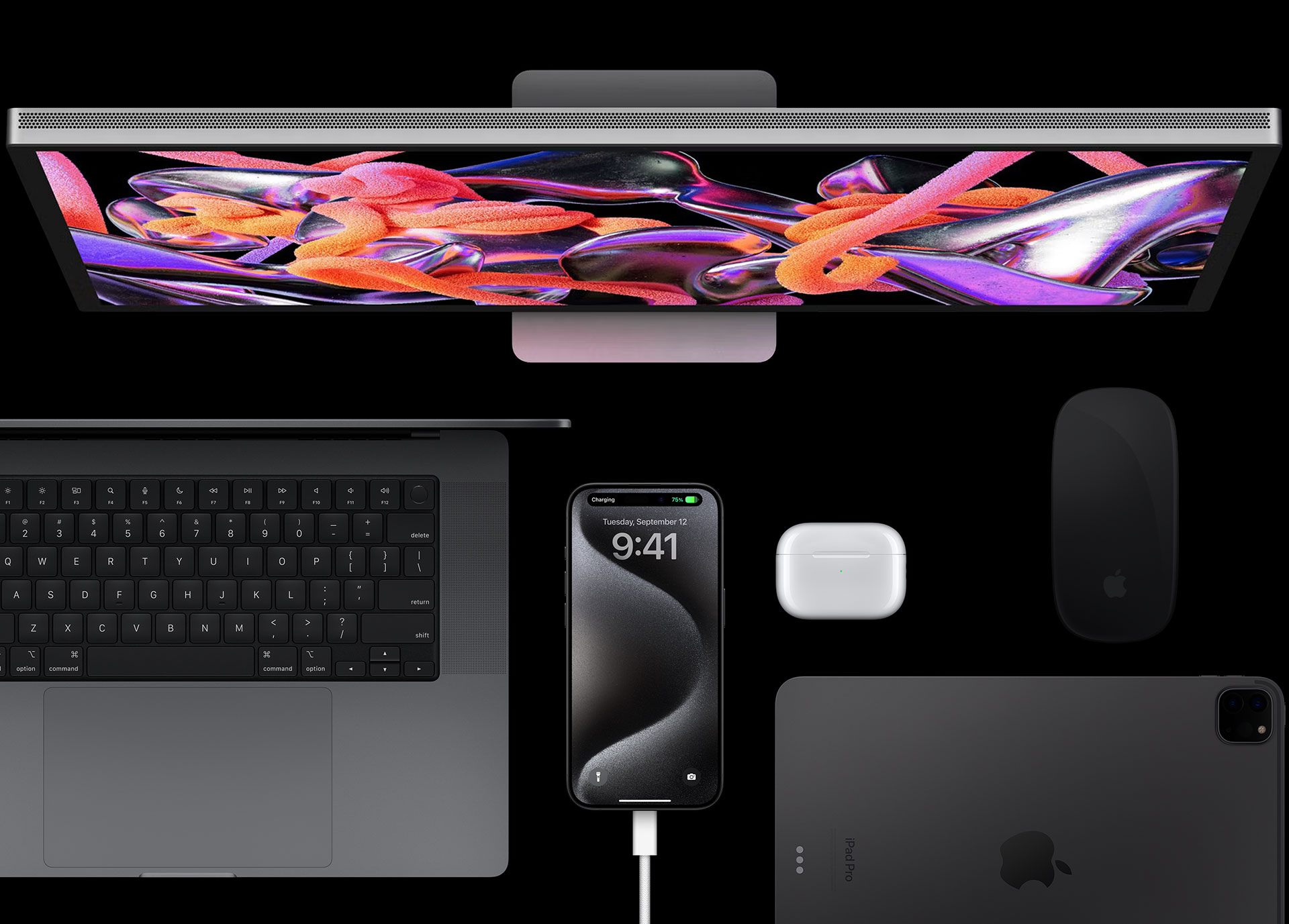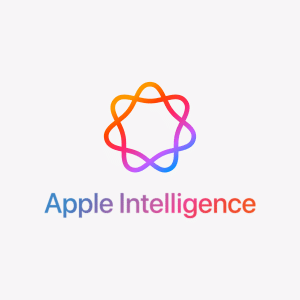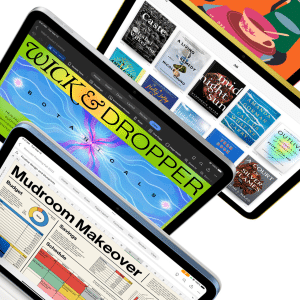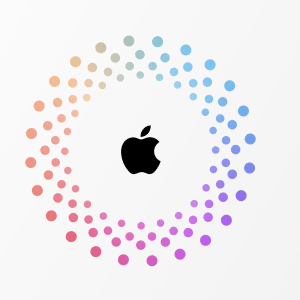From the iPhone to the App Store, Apple’s vast data ecosystem enables the company to anticipate trends, refine user experiences, and maintain its position as a global innovator. This article explores how Apple leverages analytics to decode consumer preferences and what this means for the future of its products and services.
Apple’s ecosystem is a treasure trove of data, encompassing devices like the iPhone, iPad, Mac, Apple Watch, and AirPods, alongside services such as iCloud, Apple Music, the App Store, and Apple Pay. Every interaction—whether it’s a song streamed, an app downloaded, or a workout logged—generates valuable data points. By analyzing these interactions, Apple gains a holistic view of how consumers engage with its products and services.
Unlike competitors who may rely heavily on third-party data, Apple’s closed ecosystem allows it to collect first-party data directly from its users. This approach not only enhances data accuracy but also aligns with Apple’s commitment to privacy. Features like App Tracking Transparency and on-device processing ensure that analytics are conducted responsibly, giving consumers confidence that their data is handled with care.
Apple Ecosystem: Decoding Consumer Behavior Through Analytics
Analytics within the Apple ecosystem reveal nuanced shifts in consumer priorities. For instance, data from Apple Health and the Apple Watch can highlight growing interest in wellness, with users increasingly tracking metrics like heart rate, sleep patterns, and workout intensity. This insight has likely influenced Apple’s focus on health-centric features, such as the introduction of advanced sleep tracking and blood oxygen monitoring in recent Apple Watch models.
Similarly, App Store analytics provide a window into app usage trends. A surge in downloads for productivity apps, for example, might signal a shift toward remote work or digital nomadism, prompting Apple to enhance features like Stage Manager on iPadOS or integrate AI-driven productivity tools into macOS. Meanwhile, Apple Music’s listening data can reveal evolving musical tastes, guiding curated playlists and exclusive artist collaborations.
Apple Pay transaction data offers another layer of insight, shedding light on spending habits and preferences. A rise in contactless payments or subscriptions to services like Apple Fitness+ could indicate a consumer shift toward convenience and digital-first lifestyles. By analyzing these patterns, Apple can tailor its offerings to align with emerging priorities, such as expanding Apple Pay’s reach or introducing new subscription tiers.

Personalization at Scale
One of Apple’s strengths is its ability to use analytics to deliver personalized experiences without compromising user trust. Machine learning algorithms, powered by on-device processing, analyze user behavior to offer tailored recommendations across the ecosystem. For example, the “For You” section in Apple Music curates playlists based on listening history, while the App Store suggests apps aligned with a user’s interests.
This personalization extends to hardware as well. The iPhone’s Focus mode, introduced in iOS 15, uses analytics to suggest customized notification settings based on a user’s daily routines. By understanding when users are working, relaxing, or exercising, Apple can create features that adapt to their lifestyles, fostering deeper engagement with its devices.
Anticipating Trends and Shaping the Future

Analytics not only help Apple understand current consumer priorities but also enable the company to anticipate future trends. For instance, a growing emphasis on sustainability, as evidenced by user engagement with eco-friendly apps or searches for carbon-neutral products, could inform Apple’s environmental initiatives, such as its goal to achieve a net-zero carbon footprint by 2030. Similarly, increased usage of augmented reality (AR) apps on the App Store might signal consumer readiness for AR-driven devices, fueling speculation about Apple’s rumored mixed-reality headset.
Moreover, analytics play a pivotal role in product development. By studying how users interact with features like widgets, Siri, or the Dynamic Island, Apple can refine existing functionalities or introduce entirely new ones. This data-driven approach ensures that each iOS or macOS update resonates with users, keeping the ecosystem fresh and relevant.
Balancing Innovation and Privacy
Apple’s analytics strategy is underpinned by its privacy-first philosophy. While data is a powerful tool for understanding consumer priorities, Apple ensures that insights are derived in ways that protect user identities. Techniques like differential privacy and on-device machine learning allow Apple to aggregate trends without accessing individual data, setting a standard for ethical analytics in the tech industry.
This commitment to privacy also shapes consumer trust, which in turn drives engagement with Apple’s ecosystem. Users who feel confident in Apple’s data practices are more likely to adopt new services, from Apple Card to iCloud+, creating a virtuous cycle of data generation and innovation.

The Road Ahead
As consumer priorities continue to evolve, Apple’s ability to leverage analytics will remain a cornerstone of its success. Whether it’s identifying a growing demand for mental health tools, refining the Apple TV+ content library based on viewing habits, or enhancing accessibility features for diverse user groups, analytics empower Apple to stay ahead of the curve.
Looking forward, advancements in artificial intelligence and machine learning will further amplify Apple’s analytics capabilities. With rumors of generative AI integrations in iOS and potential expansions into new product categories, Apple is poised to redefine how data shapes the user experience. By continuing to balance innovation with privacy, Apple can ensure that its ecosystem remains a trusted and indispensable part of consumers’ lives.
In conclusion, leveraging analytics within the Apple ecosystem is more than a technical exercise—it’s a window into the desires and aspirations of millions of users worldwide. By decoding these insights, Apple not only adapts to shifting consumer priorities but also shapes the future of technology, one data point at a time.










